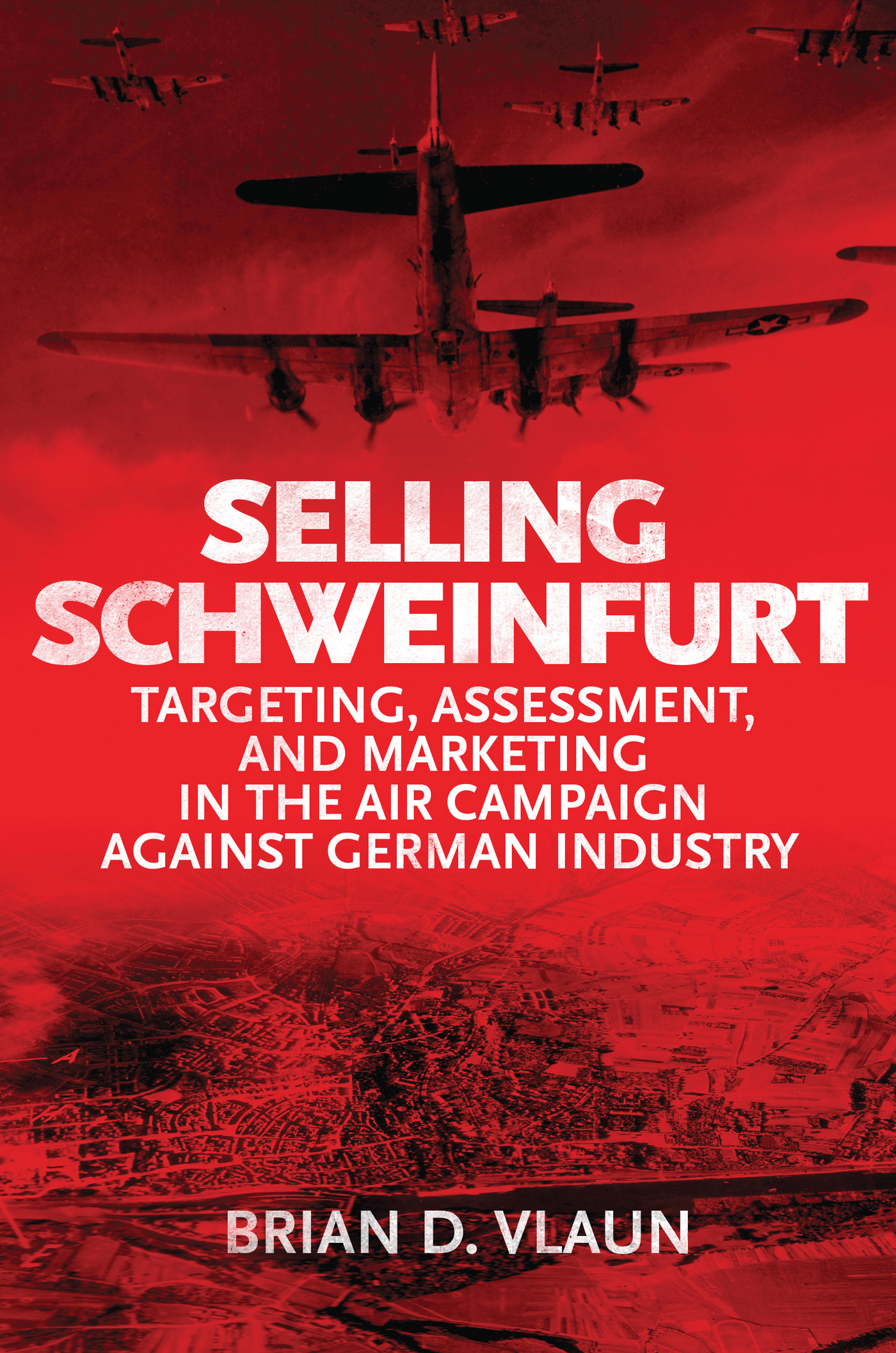
Selling Schweinfurt PDF
2020·10.5294 MB·other
Most books are stored in the elastic cloud where traffic is expensive. For this reason, we have a limit on daily download.
Preview Selling Schweinfurt
Description:
A common theme of airpower histories is that the Combined Bomber Offensive was the proving ground for a post-war independent air force. Whether or not the United States Army Air Forces (USAAF) could perform to the hype of its interwar doctrine, Allied commanders based their rival approaches to victory in Europe on their differing views of independent airpower. However, there is an essential, yet overlooked facet to this story: commanders' convictions alone could not hold sway within the War Department, much less at the politically and bureaucratically charged meetings of the Combined Chiefs of Staff. The air commanders pressed their staffs for decision-quality assessments and photographic evidence to sell their arguments and project their progress. They needed informed targeting plans and objective post-raid reports as well as an air-intelligence enterprise to mature all-too-quickly out of interwar neglect. What they received—and Brian Vlaun explains—was a collision of...
See more
The list of books you might like
Most books are stored in the elastic cloud where traffic is expensive. For this reason, we have a limit on daily download.
